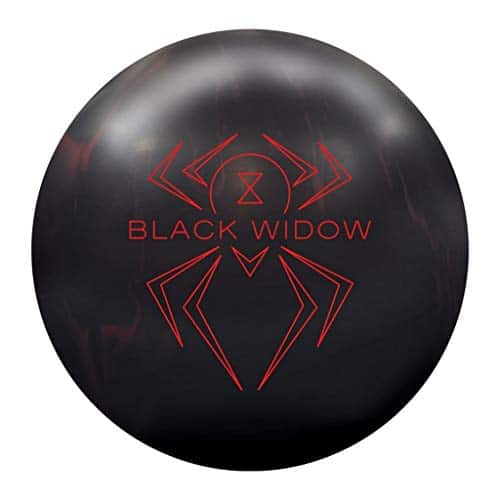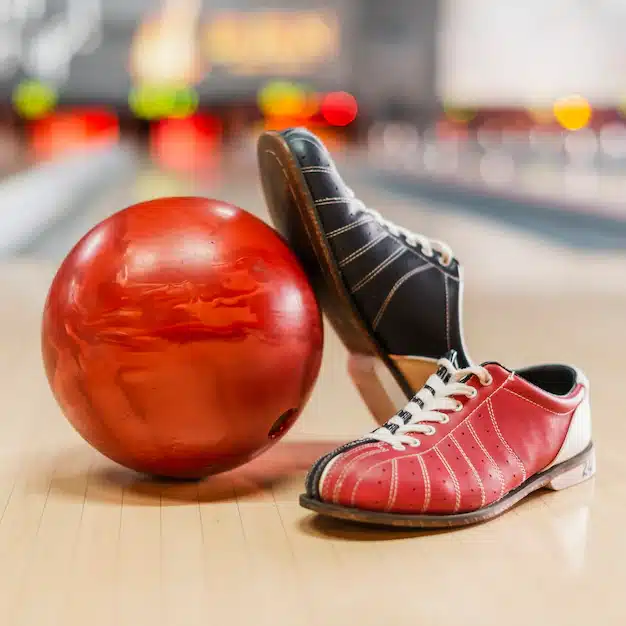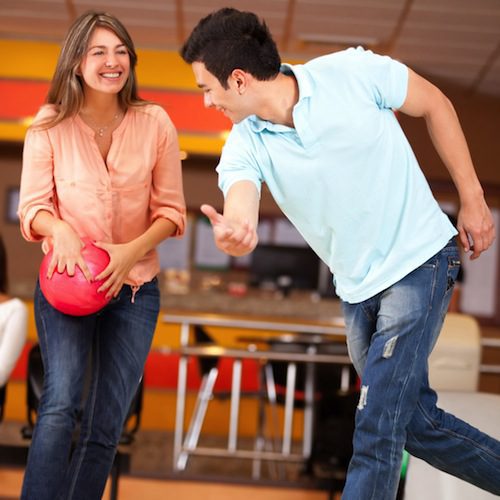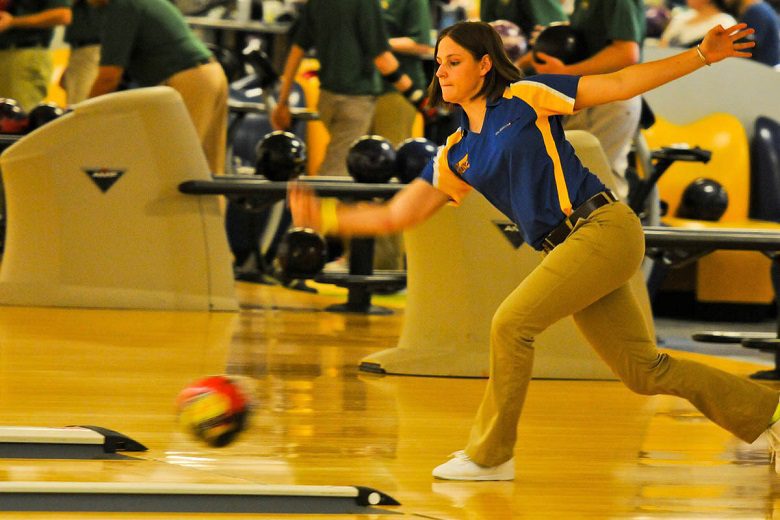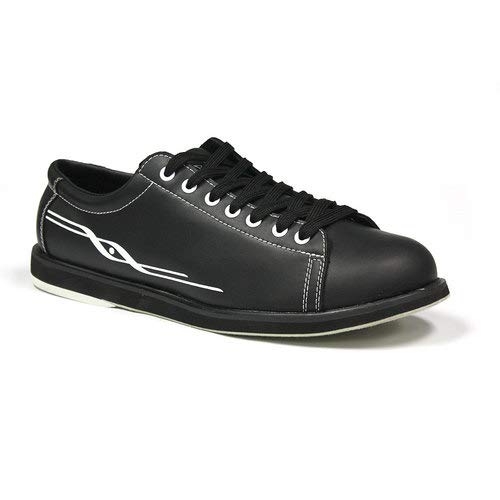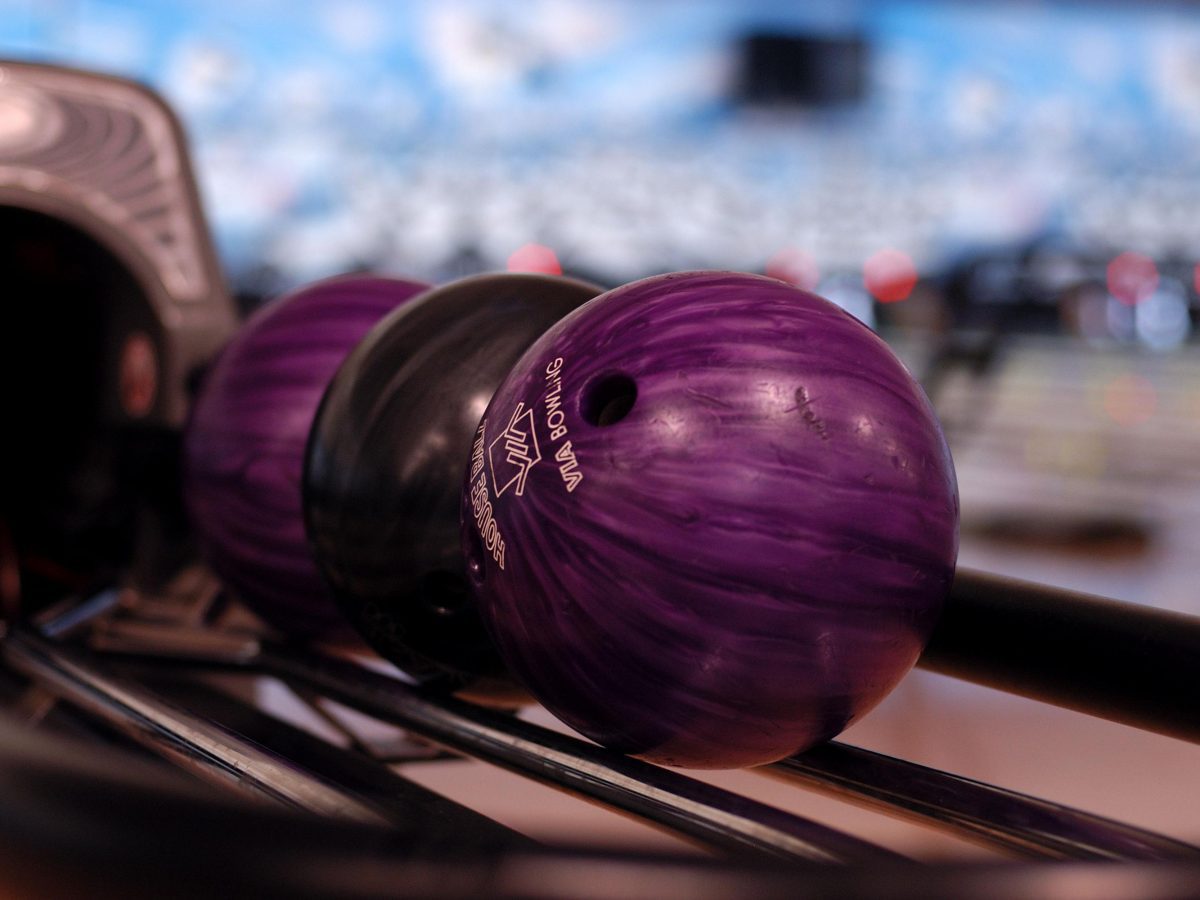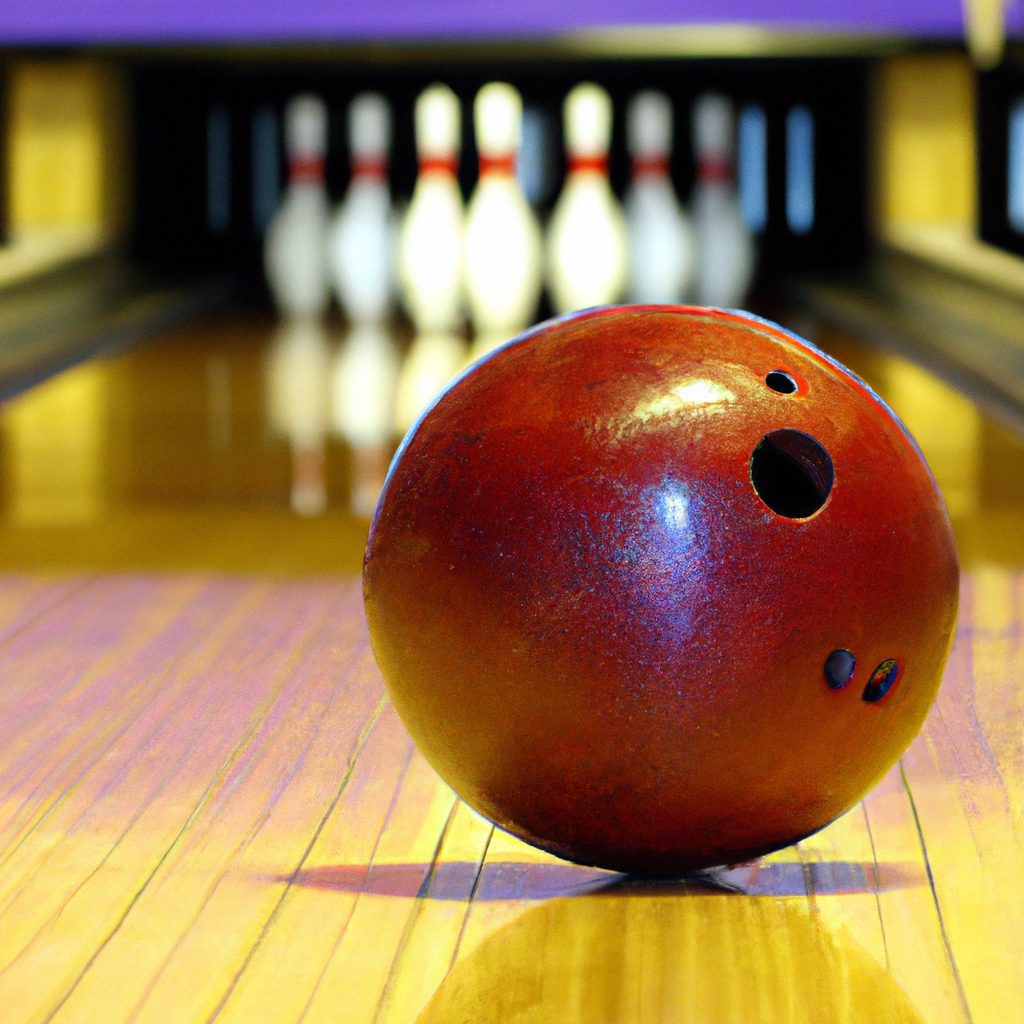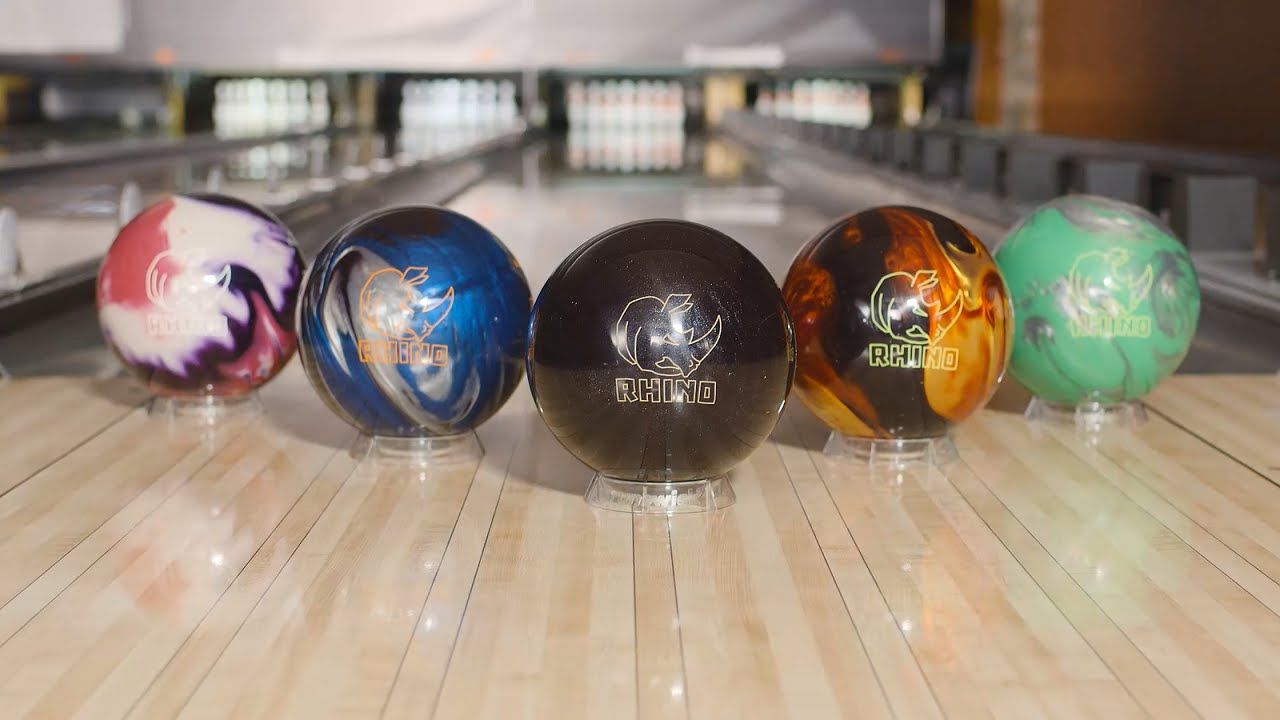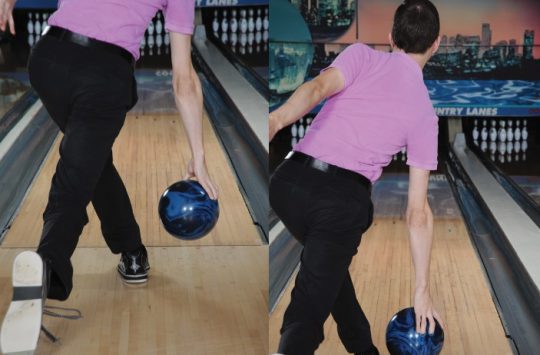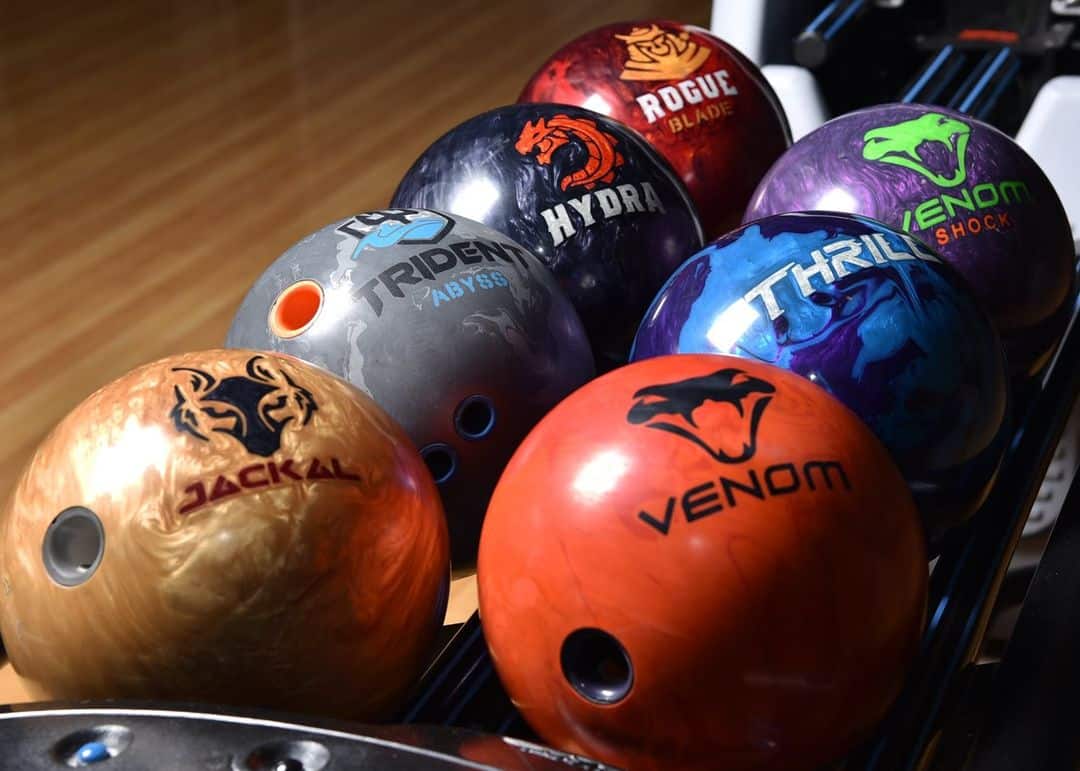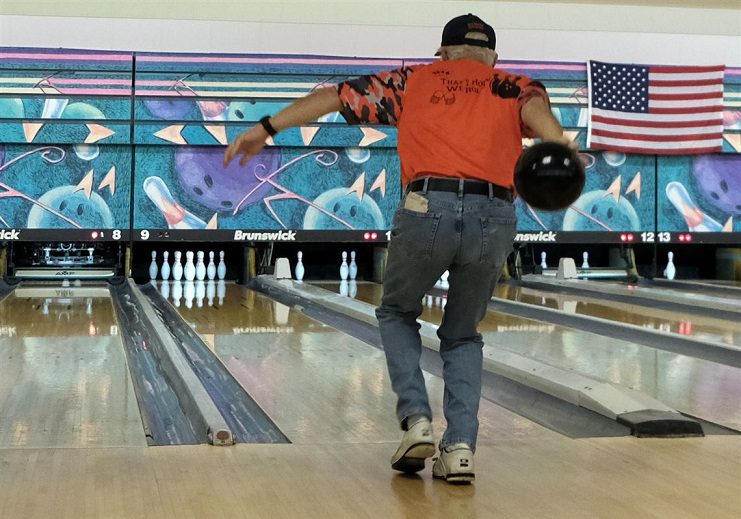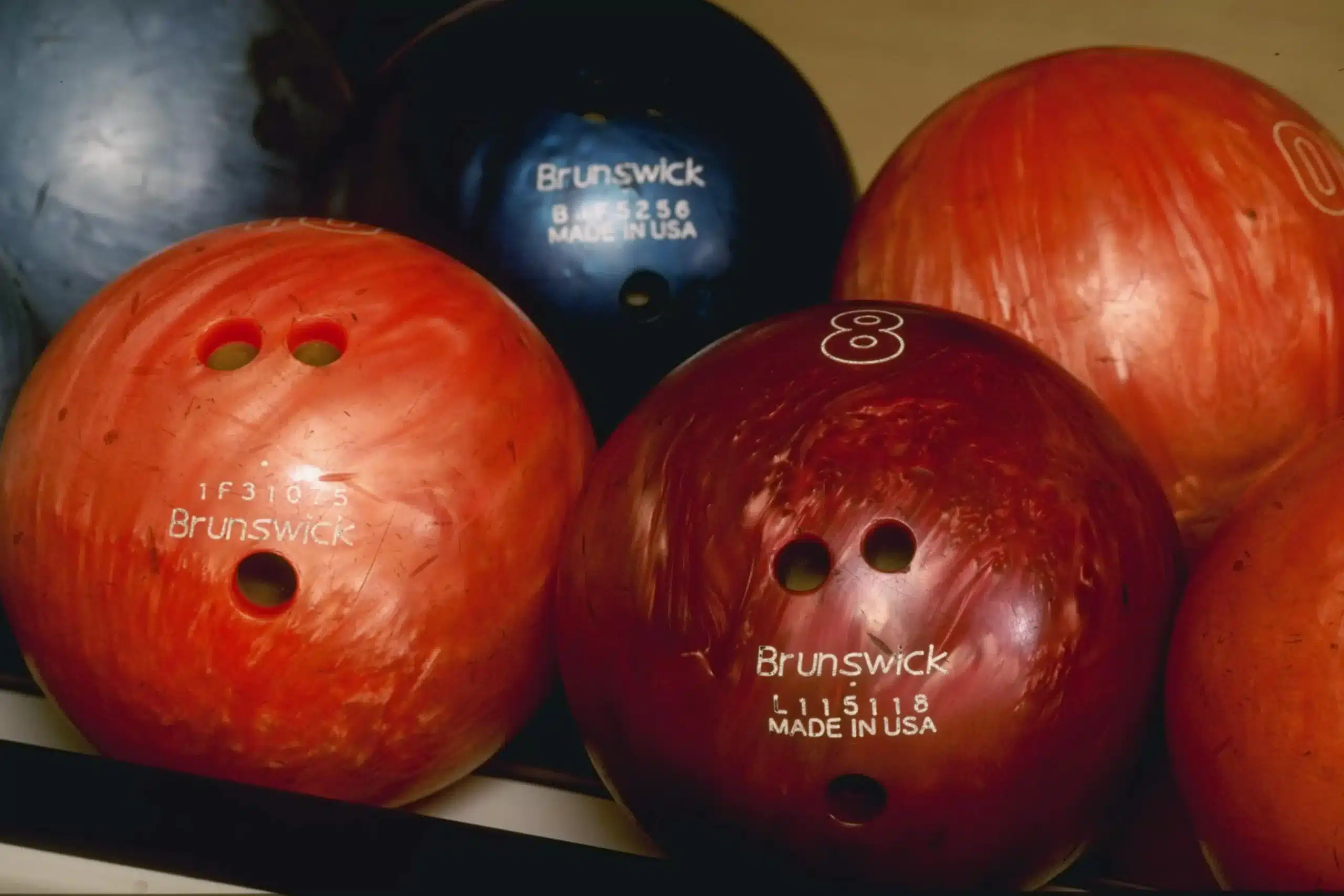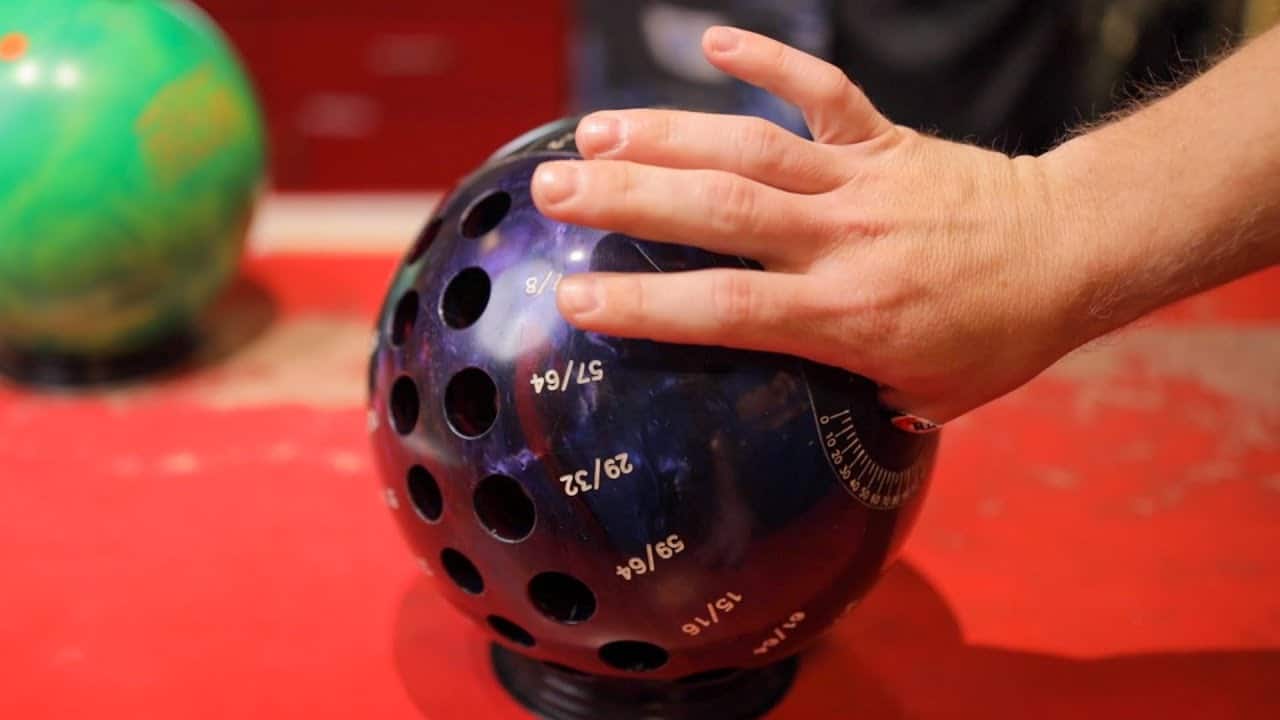In this article, we will explore the benefits of using stabilizing bowling knee braces for promoting joint health. We’ll discuss how these specialized braces can provide much-needed support and stability to the knees, reducing the risk of common injuries and improving overall performance on the bowling lane. Whether you’re a seasoned bowler or just starting out, understanding the importance of proper knee support can make a world of difference in your game. So, let’s discover how investing in the right knee brace can help you enjoy a more enjoyable and pain-free bowling experience.
Review contents
Understanding Knee Injuries
Knee injuries can occur due to various reasons, ranging from accidents to overuse during physical activities. It is important to understand the causes and types of knee injuries in order to effectively prevent and treat them.
Causes of Knee Injuries
There are several common causes of knee injuries. These include sudden impacts or trauma, such as falls or collisions, which can result in sprains, strains, or cartilage tears. Overuse can also lead to knee injuries, especially in sports that involve repetitive motions like bowling. Other factors that can contribute to knee injuries include improper technique, inadequate warm-up, and lack of proper conditioning.
Common Knee Injuries
Some of the most common knee injuries among bowlers include patellofemoral pain syndrome, meniscal tears, and ligament sprains. Patellofemoral pain syndrome, also known as runner’s knee, is characterized by pain around the kneecap and can be caused by overuse or misalignment. Meniscal tears occur when the cartilage in the knee joint gets torn, often due to sudden twisting or heavy impact. Ligament sprains, such as anterior cruciate ligament (ACL) sprains, can occur when the ligaments that support the knee joint are stretched or torn.
The Importance of Knee Stability
Knee stability is crucial for preventing knee injuries and maintaining overall joint health. The knee joint is responsible for bearing the weight of the body and facilitating movement, so any instability in this joint can lead to pain, reduced range of motion, and potential long-term damage. By promoting knee stability, individuals can minimize the risk of knee injuries and improve their performance in activities like bowling.
Introduction to Bowling
Bowling is a popular recreational activity that requires a combination of skill, precision, and physical exertion. While it is generally considered a low-impact sport, the repetitive motions involved in bowling can put strain on the knee joints, leading to potential injuries. Understanding the impact of bowling on knee joints is essential in recognizing the need for preventive measures.
Impact of Bowling on Knee Joints
The repetitive bending, squatting, and twisting motions involved in bowling can put strain on the knee joints over time. The force exerted on the knees during the approach, release, and follow-through phases of bowling can gradually wear down the cartilage and ligaments, increasing the risk of injury. Additionally, the repeated pressure on the knees can exacerbate existing knee conditions or cause new ones to develop.
The Need for Knee Braces in Bowling
To counteract the strain and potential injuries caused by bowling, many bowlers choose to wear knee braces. Knee braces can provide support, stability, and compression to the knees, reducing the risk of injury and helping bowlers maintain proper form. However, it is important to choose the right type of knee brace to ensure maximum effectiveness and comfort.
Choosing the Right Bowling Knee Brace
When it comes to selecting a bowling knee brace, there are several factors to consider. The type of knee brace and its fit can greatly influence its effectiveness in providing support and stability during bowling.
Types of Bowling Knee Braces
There are various types of knee braces available for bowlers, including sleeve braces, hinged braces, and wraparound braces. Sleeve braces are made of stretchy fabric and provide compression and mild support. Hinged braces feature metal or plastic hinges that provide additional stability to the knee joint. Wraparound braces offer adjustable compression and support, making them a popular choice among bowlers.
Considerations for Selecting a Bowling Knee Brace
When choosing a bowling knee brace, it is important to consider factors such as the severity of knee instability, personal comfort preferences, and the level of support needed. Bowlers with chronic knee conditions or previous injuries may require more support from a hinged brace, while those seeking mild support and compression may opt for a sleeve or wraparound brace. Additionally, the size and fit of the knee brace should be carefully assessed to ensure proper application and effectiveness.
Effectiveness of Stabilizing Bowling Knee Braces
Research has shown that stabilizing knee braces can be beneficial for bowlers in improving knee stability and reducing the risk of injuries. Understanding the effectiveness and benefits of knee braces can help bowlers make informed decisions about their joint health.
Research on the Effectiveness of Knee Braces for Bowlers
Several studies have examined the effectiveness of knee braces in preventing injuries and reducing knee pain among bowlers. One study published in the Journal of Orthopaedic & Sports Physical Therapy found that bowlers who wore knee braces reported less knee pain and improved stability compared to those who did not wear braces. Similarly, a study published in the American Journal of Sports Medicine found that bowlers who wore knee braces experienced a reduced risk of knee ligament injuries.
Benefits of Stabilizing Knee Braces
Stabilizing knee braces offer several benefits for bowlers. These braces can provide support to the knee joint, reducing the strain on ligaments and cartilage during bowling movements. The compression offered by knee braces can help minimize inflammation and swelling, promoting faster recovery and reducing discomfort. By enhancing knee stability, braces can also improve overall performance and bowling technique.
Proper Use and Fit of Bowling Knee Braces
To ensure the effectiveness of bowling knee braces, it is crucial to use them correctly and ensure proper fit. Following guidelines for sizing, placement, and care can help bowlers maximize the benefits of knee braces and prevent further joint damage.
Correct Sizing and Measurements
Choosing the right size of knee brace is essential for proper support and comfort. Most knee braces come with size charts or measurement guidelines that can help determine the appropriate size based on thigh and calf measurements. It is important to follow these guidelines and select a brace that fits snugly without restricting blood flow or causing discomfort.
Proper Placement and Adjustment
Proper placement of the knee brace is crucial for optimal support and stability. It is recommended to position the brace centered around the kneecap and adjust the straps or closures according to comfort and support needs. The brace should be secured tightly enough to prevent slipping but should not be overly tight, as it may restrict movement or cause discomfort.
Maintenance and Care
Regular maintenance and care of bowling knee braces are important to ensure their longevity and effectiveness. It is recommended to follow the manufacturer’s instructions for cleaning and storing the brace. Some knee braces are machine washable, while others may require handwashing or spot cleaning. Regular inspection for any signs of wear and tear is also important to maintain the brace’s functionality.
Preventing Knee Injuries in Bowling
While knee braces can provide support and stability, preventing knee injuries in bowling goes beyond the use of braces. Incorporating proper warm-up exercises, practicing good technique, and wearing appropriate footwear are essential preventive measures.
Warm-Up Exercises and Stretching
Engaging in a thorough warm-up routine before bowling can help prepare the muscles and joints for the physical demands of the sport. Warm-up exercises can include gentle stretching, light aerobic activities, and targeted exercises that focus on strengthening the lower body, particularly the muscles around the knees.
Proper Footwork and Technique
Maintaining proper footwork and technique is crucial for preventing unnecessary strain on the knees. Bowlers should practice a smooth and balanced approach, ensuring proper weight distribution and avoiding excessive twisting or bending of the knees. Seeking guidance from a certified bowling coach can help improve technique and reduce the risk of knee injuries.
Using Proper Bowling Shoes
Proper footwear is essential for maintaining stability and preventing knee injuries in bowling. Bowling shoes with adequate support and a sole designed for the bowling approach can help bowlers maintain traction and stability throughout their movements. It is important to invest in quality bowling shoes that fit well and provide proper arch support.
Rehabilitation and Recovery for Bowlers with Knee Injuries
In the unfortunate event of a knee injury, proper rehabilitation and recovery steps are necessary to ensure a safe and efficient return to bowling. Physical therapy and targeted exercises can help strengthen the muscles around the knee, improve range of motion, and promote healing.
Physical Therapy for Knee Injuries in Bowlers
Physical therapy plays a crucial role in rehabilitating knee injuries in bowlers. A licensed physical therapist can design a personalized treatment plan that includes exercises to strengthen the muscles around the knee joint and improve knee stability. Various therapy techniques, such as manual therapy, stretches, and electrical stimulation, may also be used to aid in the recovery process.
Exercises for Rehabilitation and Strengthening
Specific exercises can help bowlers with knee injuries recover and strengthen their knees. Quadriceps and hamstring strengthening exercises, such as leg lifts and hamstring curls, can help stabilize the knee joint. Additionally, balance and stability exercises, such as standing on one leg, can improve overall joint stability and prevent future injuries.
Other Strategies for Joint Health in Bowlers
Maintaining overall joint health goes beyond wearing knee braces and rehabilitating injuries. Several other strategies can contribute to joint health, including maintaining a healthy weight, practicing proper nutrition and hydration, and engaging in regular exercise.
Maintaining a Healthy Weight
Being overweight or obese can put additional stress on the knee joints, increasing the risk of injuries and exacerbating existing conditions. By adopting a balanced diet and engaging in regular physical activity, bowlers can maintain a healthy weight and alleviate unnecessary strain on their knees.
Proper Nutrition and Hydration
Proper nutrition and hydration are essential for optimal joint health. Consuming a diet rich in calcium, vitamin D, and other key nutrients can help support healthy cartilage and bones. Staying hydrated is also important for maintaining joint lubrication and preventing dehydration-related muscle cramps.
Regular Exercise and Conditioning
Engaging in regular exercise and conditioning routines can help strengthen the muscles around the knee, improving joint stability and reducing the risk of injuries. Low-impact activities like swimming or cycling can be beneficial for overall joint health and can complement a bowler’s training regimen.
Bowling Technique Tips for Reducing Knee Strain
Adopting proper bowling techniques can help reduce knee strain and minimize the risk of injuries. Paying attention to factors such as bowling ball weight, approach, and follow-through can make a significant difference in protecting the knees.
Bowling Ball Weight and Release
Selecting a bowling ball of appropriate weight is crucial for reducing knee strain. Using a ball that is too heavy can put excessive strain on the knees during the approach and release. Bowlers should choose a ball weight that allows them to maintain control and balance without compromising joint health.
Approach and Follow-Through
Maintaining a smooth and controlled approach is important for preventing unnecessary strain on the knees. Bowlers should focus on maintaining proper posture, avoiding sudden jerky movements, and using a consistent stride. Similarly, paying attention to a controlled and balanced follow-through can help reduce knee strain at the end of the delivery.
Strategies for Reducing Knee Stress
Implementing certain strategies during bowling can help reduce stress on the knees. For example, bowlers can choose to wear protective knee pads to minimize impact and friction during the approach and release. Additionally, taking breaks and allowing ample rest between games can prevent overuse and reduce the risk of fatigue-related knee injuries.
Seeking Professional Guidance for Knee Health
When it comes to maintaining optimal knee health in bowling, seeking guidance from professionals can provide valuable insights and assistance.
Consulting a Sports Medicine Specialist
For bowlers with existing knee conditions or chronic knee pain, consulting a sports medicine specialist can provide specialized advice and treatment options. These specialists can assess the severity of the condition, prescribe appropriate treatments, and suggest preventive measures to maintain knee health.
Working with a Certified Bowling Coach
To ensure proper technique and reduce the risk of knee injuries, working with a certified bowling coach can be immensely helpful. These coaches can provide guidance on proper form, footwork, and release techniques specific to each bowler’s needs. With their expertise, bowlers can improve their game while minimizing strain on their knees.
In conclusion, understanding the impact of bowling on knee joints and taking preventive measures is crucial for maintaining joint health and reducing the risk of injuries. Wearing suitable bowling knee braces, practicing proper technique, engaging in rehabilitation exercises, and adopting overall joint health strategies can contribute to a safe and enjoyable bowling experience. By caring for our knees, we can continue to pursue our passion for this recreational activity while supporting our joint health for years to come.












